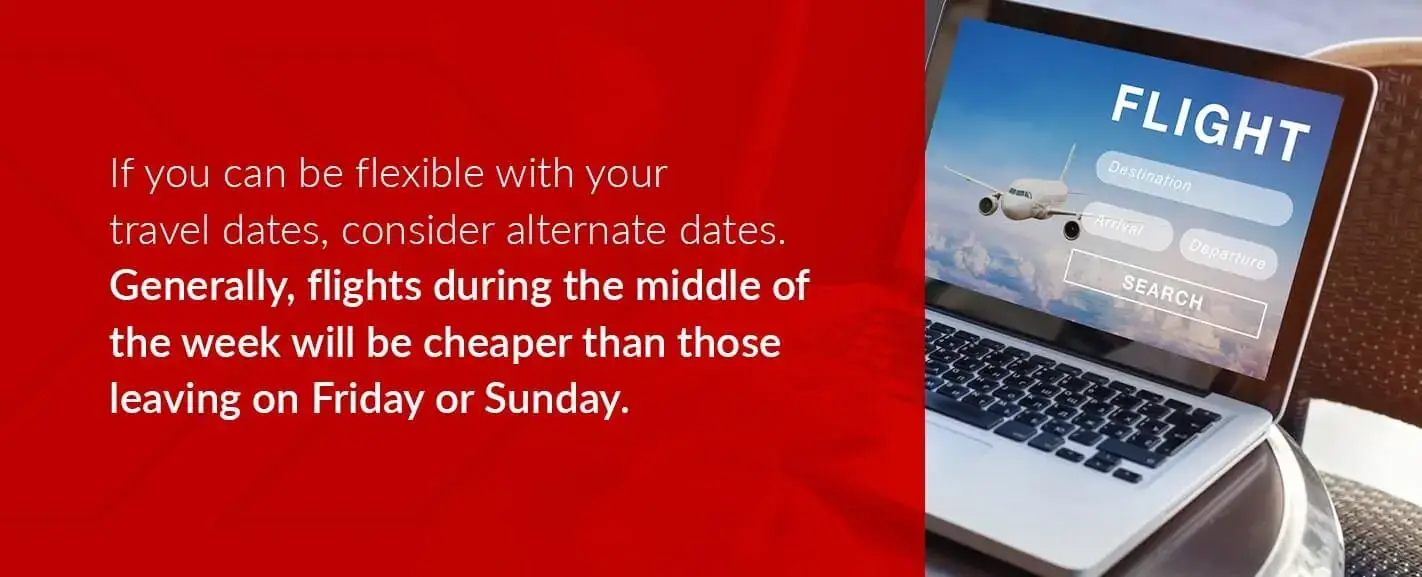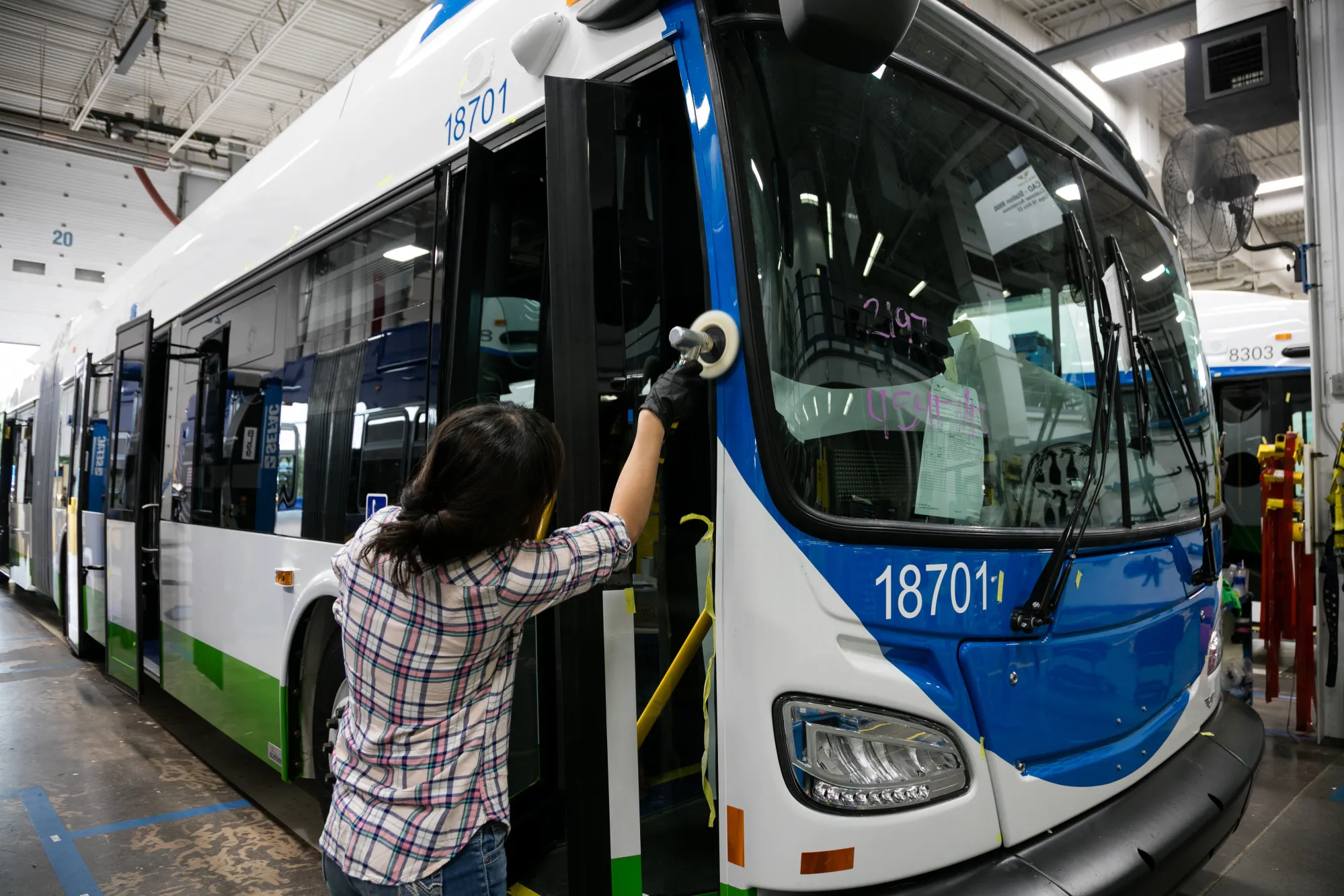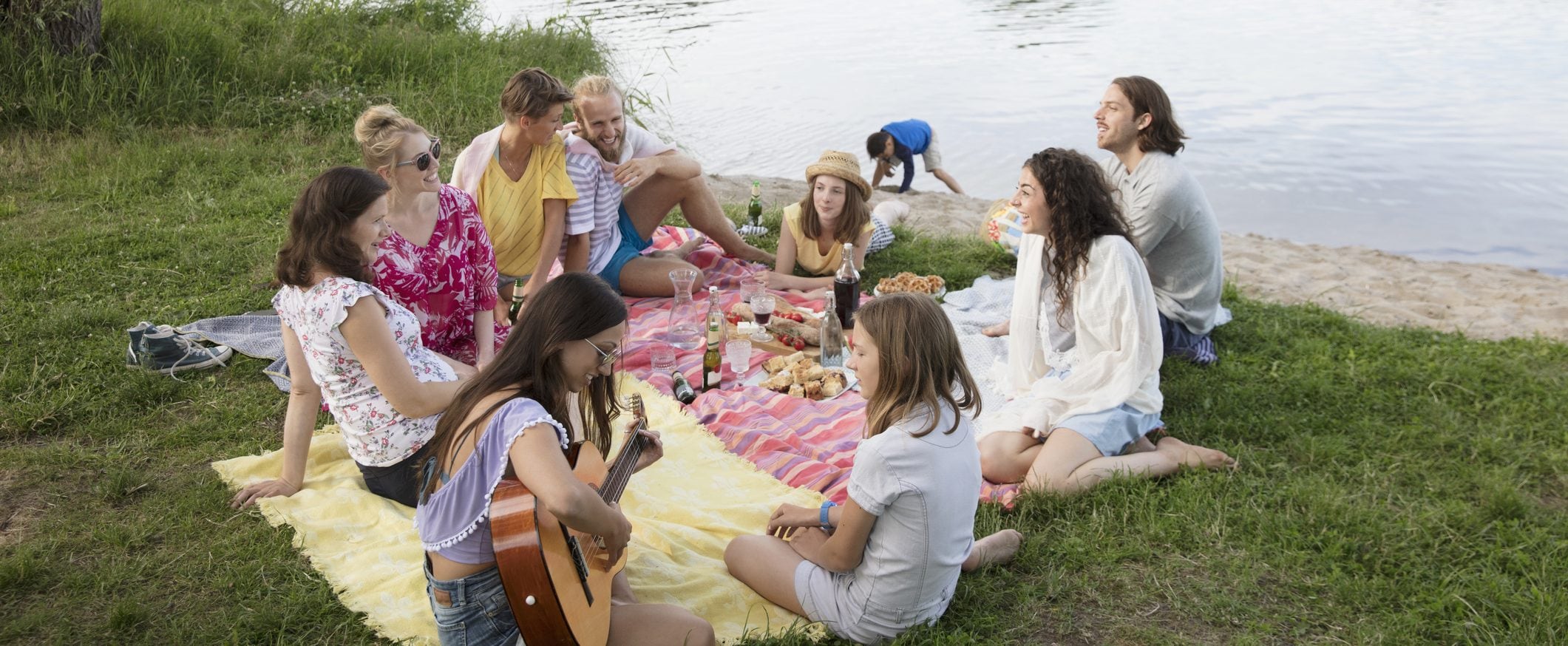Budgeting for Souvenirs: How to Control Your Spending While Traveling

Mastering Your Souvenir Budget
Traveling offers countless opportunities to explore new places and cultures, but it also presents a tempting array of souvenirs that can quickly drain your wallet. Balancing the desire to bring home a piece of your adventure while maintaining financial control can be a challenge. However, a well-defined strategy can safeguard your finances while allowing you to collect cherished memories from your travels.
To stay on track, consider implementing a few strategies:
- Set a Budget: Before your trip, decide on a specific amount you’re willing to allocate for souvenirs. Break it down by day or location if you’re visiting multiple spots. For instance, if you’re traveling through Europe for two weeks, you might set aside $200, which translates to about $14 a day. This will help you manage your spending effectively.
- Prioritize Meaningful Items: Focus on souvenirs that resonate with your unique experiences or evoke sentimental value. Instead of buying generic trinkets, consider local handicrafts or items that reflect the culture of the place you’re visiting. For instance, buying a handmade pottery piece from Mexico that reminds you of a local artisan you met can provide a much richer story to share than a mass-produced keychain.
- Avoid Impulse Purchases: Impulse purchases often lead to buyer’s remorse. Give yourself a cooling-off period of, say, 24 hours, before making any significant purchases. This allows you to reflect on whether the item truly holds value for you and whether you will actually use or display it in your home.
By recognizing how and when you can spend, you’ll enjoy your travels without the burden of buyer’s remorse. Further, being mindful in this way can enhance the integrity of your travel experience. Instead of concerning yourself with unnecessary purchases, you can immerse yourself in the culture and moments that truly matter.
Understanding local customs can also inform your souvenir choices. Research typical prices of souvenirs in your destination to prevent overpaying for items. For instance, while in Southeast Asia, a quick online search can reveal standard market costs for handcrafted goods, helping you gauge whether you are getting a genuine deal or being taken advantage of by tourist traps.
With a bit of planning and awareness, you can savor your travels without sacrificing your financial goals. Preparation allows you to prioritize experiences over possessions, ultimately creating a more enriching journey. Stay tuned as we delve deeper into practical tips for budgeting for souvenirs and strategies to control your spending while traveling.

DISCOVER MORE: Click here to learn how to plan eco-friendly itineraries</p
Strategies to Stay Within Your Souvenir Budget
When traveling, the hustle and bustle of vibrant markets and quaint shops can easily lead to overspending on souvenirs. To ensure you collect meaningful mementos without breaking the bank, it’s essential to adopt some practical budgeting strategies prior to and during your travels.
One effective approach is to create a souvenir wish list based on specific items you envision bringing back home. This list acts as a guide, reminding you of what is genuinely meaningful and helping you avoid the temptation of impulse buys. Here are some tips on how to craft that list effectively:
- Research Local Crafts: Before heading to your destination, take some time to explore the unique local crafts and items that are culturally significant to the area. Websites or travel blogs often provide suggestions for the best souvenirs and where to find them. This knowledge not only informs your wish list but also enriches your travel experience as you seek out these authentic items.
- Limit Your Choices: Narrow your focus to a few key items you truly want. For example, rather than opting for multiple small knick-knacks that may clutter your home, consider investing in one quality piece that holds special meaning—like a locally-made piece of jewelry or artwork. This less-is-more approach will not only keep your spending in check but may also lead to a more significant treasure.
- Set Daily Spending Limits: Allocating a specific amount of money for souvenirs on a daily basis will help you manage your overall budget. For instance, if you decide that $20 a day is your maximum for souvenirs, you’ll become more mindful of each purchase. A thoughtful approach ensures that every dollar goes towards something that you’ll cherish for years to come.
In addition to creating a souvenir wish list, consider utilizing budgeting apps that can help track your spending in real-time. Many apps allow you to set categories, such as transportation, accommodation, and souvenirs, offering clarity on where your money is going. This way, you remain accountable, enabling you to stick to your original budget.
Another effective method to curb excessive spending is to familiarize yourself with the culture of haggling. In many places around the world, bargaining is not only accepted but expected, particularly in markets. Learning a few phrases in the local language can enhance the experience, making both you and the vendor feel more comfortable. Understanding the typical price points for souvenirs can provide further leverage in negotiations, ensuring you don’t pay more than necessary.
Ultimately, the goal is to immerse yourself in the experience of meaningful travel. By exercising a little discipline and following sound strategies, you can collect tasteful memorabilia that reminds you of your adventures without jeopardizing your financial goals. Join us as we explore more techniques for budgeting for souvenirs, empowering you to curate a travel experience that balances fulfillment and fiscal responsibility.
Budgeting for Souvenirs: Strategies to Manage Your Spending
When traveling, the allure of unique souvenirs can easily lead to overspending. Understanding effective budgeting techniques can help control this impulse while ensuring that you still bring home meaningful keepsakes from your journey.
Set a Souvenir Budget
Before setting out on your trip, it’s essential to allocate a specific amount for souvenirs. Create a realistic budget based on your overall travel expenses. Consider using a percentage of your total travel budget, such as 10-15%, specifically for souvenirs. This approach not only restricts your spending but also encourages more mindful purchasing.
Prioritize Your Souvenirs
Make a list of items you genuinely want to buy, ranking them by importance. Focus on purchasing those items that represent your experiences or hold sentimental value. By doing so, you can avoid impulse buys that often lead to buyer’s remorse. Consider local crafts or items unique to the destination, which can serve as a lasting reminder of your travels.
Utilize Digital Tools for Tracking Expenses
In our digital age, numerous applications can help track your expenses while traveling. Use budgeting apps to monitor your spending in real-time, ensuring adherence to your souvenir budget. This kind of technology empowers you to make informed decisions about potential purchases and can deter you from unnecessary spending.
Research and Comparison Shop
Take the time to research local markets and prices. When you identify places known for their handcrafted goods, be sure to compare prices before making a purchase. Engaging with local artisans can provide insights into the origins of the products you’re purchasing, potentially enhancing their value and meaning.
Consider Purchasing Experiences Instead of Items
Sometimes the best souvenirs aren’t physical items at all, but rather experiences that leave lasting memories. Consider allocating a portion of your budget to activities such as local tours, cooking classes, or workshops that provide unique insights into your destination. This can prove far more rewarding than material items, offering a richer connection to the place you’re visiting. Implementing these strategies not only helps in controlling your spending but also ensures that your purchases are intentional and culturally relevant. By focusing on what truly matters, your souvenirs can enhance your travel experience rather than detract from it.
DISCOVER MORE: Click here to find out how to enhance your travel experience
Making Smart Choices When Shopping for Souvenirs
Once you’ve established your souvenir wish list and daily spending limits, the next crucial step is honing your shopping tactics. Ensuring your purchases are made wisely requires an understanding of not only what you want but also where and how to buy it. Here are some strategies to help you make informed choices while shopping for souvenirs:
- Shop at Local Markets vs. Tourist Traps: While it’s tempting to purchase souvenirs at popular tourist destination shops, these venues often hike up prices for convenience. Instead, venture into local markets or smaller shops off the beaten path. Not only will you likely find more authentic items, but vendors there often sell their goods at reasonable prices. By engaging with local artisans, you also support the community and often learn the story behind the items you’re considering.
- Compare Prices: Before making a purchase, stroll around and compare prices from different vendors. You might be surprised to find the same item sold at various prices depending on the seller’s location or target market. Especially in vibrant marketplaces, a bit of browsing can save you money and lead to better options. Additionally, if you feel comfortable, don’t hesitate to ask vendors if they can offer a better deal; many are open to negotiating, especially if they realize you’re a serious shopper.
- Check for Hidden Costs: As you explore the idea of budgeting for souvenirs, be mindful of hidden costs associated with your purchases. Tax, shipping fees, or enabling refunds can add to the total. If you’re buying larger items, inquire about shipping options that allow you to avoid exorbitant luggage fees. Always calculate the final price before committing to a purchase.
- Think Beyond Traditional Souvenirs: Souvenirs don’t have to conform to the usual fridge magnets or T-shirts. Sometimes, experiences can be the best souvenirs. Consider investing in a local workshop where you can create your own souvenir, such as pottery or craftwork. This not only becomes a cherished memento but also creates a memorable experience during your travels.
Incorporating technology into your souvenir-hunting efforts can streamline your shopping experience. There are various smartphone applications available that can assist in price comparisons, help with haggling tips, or even suggest popular local items based on user reviews. By actively utilizing these tools, you can pair technology with your budgeting strategies, aligning your spending habits with your travel desires.
Another valuable factor to consider is the practicality of what you’re buying. When selecting souvenirs, ensure that they are easily transportable and won’t get damaged on the journey back home. Items such as textiles, small pieces of art, or even culinary delights that can be enjoyed at home may serve as better options than fragile items destined for a shelf.
Ultimately, cherishing your travel experiences doesn’t have to come at the expense of your finances. By employing these smart shopping strategies alongside your pre-established budget, you’ll be well-equipped to enjoy your trip while keeping your souvenir spending under control. Each piece brought back home can serve as a story to tell and a memory to cherish, all while staying within your travel budget.
DISCOVER MORE: Click here to uncover fascinating routes and activities
Conclusion
In the exhilarating whirlwind of travel, the allure of souvenirs can often lead to unexpected financial splurges. However, understanding how to effectively budget for souvenirs is essential for maintaining your spending habits while still bringing back cherished memories from your adventures. By setting a clear budget, prioritizing your souvenir list, and employing savvy shopping techniques, you can have the best of both worlds: capturing the essence of your travel experience without breaking the bank.
As you navigate through local markets or explore unique, artisan shops, remember that the true value of a souvenir often lies not in its price tag but in the story it tells. Authentic items purchased from local artisans can become powerful reminders of the culture and experiences you’ve encountered. Moreover, by considering practical aspects such as transportation and potential hidden costs, you enable yourself to enjoy your purchases without unnecessary stress.
Integrating technology into your souvenir hunting can further enhance your shopping savvy—allowing for price comparisons and better decision-making. So, as you embark on your next journey, carry the knowledge of budgeting for souvenirs with you, and transform your shopping experience into a rewarding endeavor that extends beyond mere transactions. Ultimately, the right souvenirs can enrich your home and heart, making your travels even more memorable.


